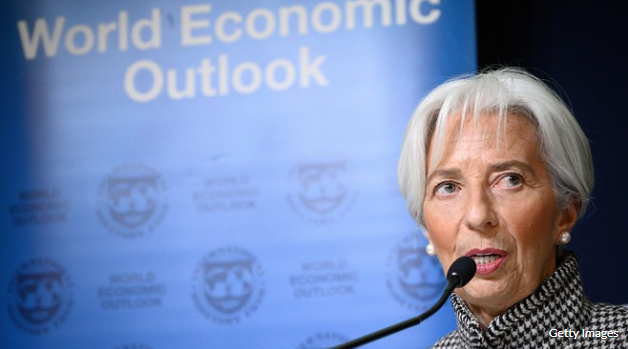Global central bankers are confronting a nettlesome problem. Attempts to inject fresh life into anemic regional economies are proving increasingly less effective, argues Torsten Slok, chief economist at Deutsche Bank Securities in a recent report titled “QE no longer works”.
While that assumption is debatable, so-called quantitative-easing measures have been in place for more than a decade in much of the developed world, in the aftermath of the 2008-09 mortgage-bond crisis that rocked global economies and led the Federal Reserve, under then-Chairman Ben Bernanke, to start cutting interest rates in mid-August of 2007 for the first time since 2001, in a move to stave off “downside risks to growth” that had “increased appreciably.”
Although the U.S. central bank has raised its benchmark federal funds rate nine times since the end of 2015, and it currently stands at a range between 2.25%-2.50%, expectations are growing that the Fed may need to reduce policy rates at least once in 2019 to combat “cross-currents” produced by the import tariffs imposed by the U.S. and China.
Back in 2007, benchmark rates stood at a range of 5.75%-6.25% and the 10-year Treasury note TMUBMUSD10Y, -0.32% yielded 4.68%, according to FactSet data.
On Wednesday, 10-year benchmark U.S. debt was yielding a mere 1.95%, its lowest since 2016, even as the Dow Jones Industrial Average DJIA, +0.67% the S&P 500 index SPX, +0.77% and the Nasdaq Composite Index COMP, +0.75% closed at all-time highs in a shortened trading session ahead of Independence Day holiday on Thursday, when markets will be closed.
Slok, pointing to academic research reports about the efficacy of monetary policy, says jawboning by central bankers has had a greater effect than the raft of policy measures that most central banks have rolled out.
“Most of the papers below find that it was the announcement effects of QE, which had the biggest impact on long rates and on inflation expectations,” Slok wrote.
Roughly 12 years after the global economic recession, global bankers are still struggling to demonstrably boost economic growth and combat stubbornly low inflation, which has mostly hung below the 2% annual target that most policy makers in developed countries deem reflective of healthy economies.
Investors are betting that more stimulus may be on the way after Christine Lagarde, current head of the International Monetary Fund, was nominated to replace Mario Draghi as head of the European Central Bank and President Donald Trump nominated Judy Shelton and Christopher Waller to take influential governance posts on the Federal Reserve.
Slok says the shock-and-awe stimulus of the past isn’t likely to occur this time around in the 11th year of a history-setting expansion in the U.S. “Given the current level of inflation expectations and the current level of rates, doing QE again is not going to create the same surprise effects,” he wrote.
Easy-money policies have resulted in some $13 trillion in government debt offering a negative yield.
A Jan. 30 academic paper by Markus K. Brunnermeier, Edwards S. Sanford Professor at Princeton University and Yann Koby, says the “reversal interest rate,” or the point at which accommodative monetary policy has a negative effect, can occur even before negative interest rates are achieved.
“Quantitative easing (QE) increases the reversal interest rate, as it takes long-term fixed income holdings out of bank balance sheets. Consequently, QE should only be employed after interest rate cuts are exhausted,” the academics conclude.
Among a number of issues, the Princeton researchers say a persistently easy-money environment provides little leeway for stimulus if inflation proves preternaturally sluggish, as it has thus far.

